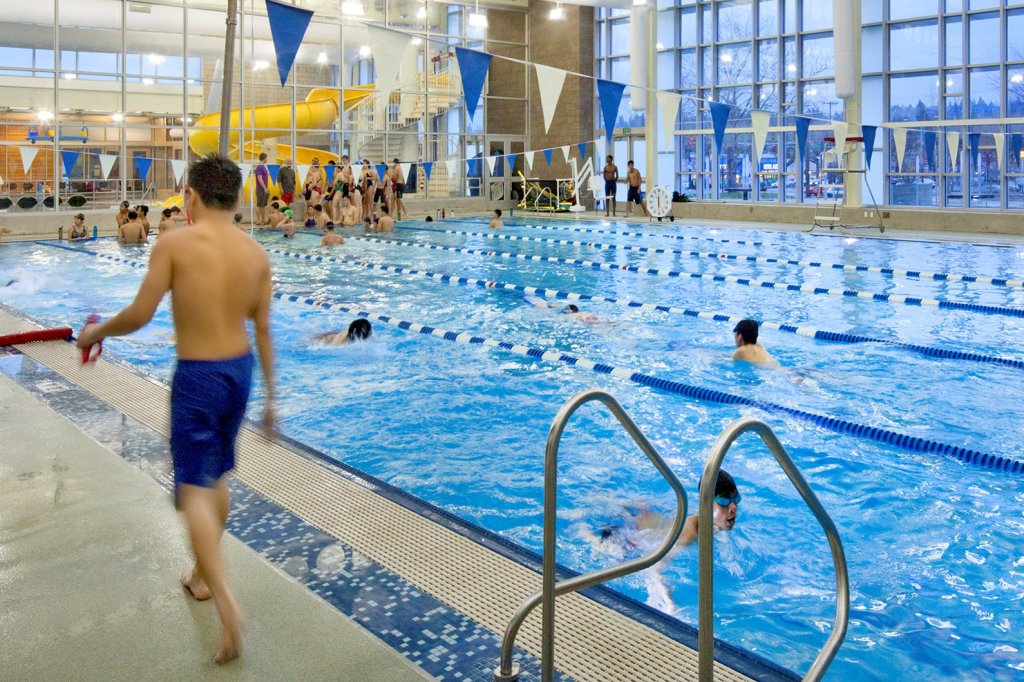The first edition of the Model Aquatic Health Code was published by the U.S. Centers for Disease Control and Prevention on Aug. 29, 2014. It is intended to provide guidance to state and local regulatory officials in creating or updating their pool codes to help promote safety for swimmers, including reducing the risk of recreational water illness, drowning and pool chemical injuries. The MAHC guidelines address design, construction, operation, maintenance, policies and management of public aquatics facilities. It includes specifications for pool treatment, circulation and monitoring equipment to be certified to NSF/ANSI 50.
One very important aspect for any code or standard is keeping the document up to date with the latest technology, as well as addressing new hazards.
The Conference for the Model Aquatic Health Code has been established to provide a way to keep the code updated. Every two years the CMAHC initiates invitations to submit recommendations to revise the code. These proposals then are reviewed by the committee and, if accepted, published in the next edition.
The most important point of the code is that it serves as a model for states and local governments to easily update their pool codes by borrowing text from the MAHC. This is very useful because pool codes often are neglected by jurisdictions where resources are limited.
The first edition of the MAHC has many references to NSF/ANSI 50 for equipment requirements:
Skimmers
• The flow rate for the skimmers shall comply with manufacturer data plates or NSF/ANSI 50, including Annex K.
Piping
• Piping and piping system component materials shall be suitable for potable water contact and shall meet NSF/ANSI 61, NSF/ANSI 50 and NSF/ANSI 14 as applicable.
Flow meters
• Flow meters shall be certified in accordance with NSF/ANSI 50.
Filtration systems and media
• All filters shall be certified to NSF/ANSI 50 by an ANSI-accredited certification organization.
• The granular media filter system shall be designed to backwash each filter at a rate of at least 15 gpm per square foot (36.7 m/h) of filter bed surface area, unless explicitly prohibited by the filter manufacturer and/or approved at an alternate rate per the NSF/ANSI 50 listing.
• All pre-coat filters (i.e., pressure and vacuum) shall be certified to NSF/ANSI 50 by an ANSI-accredited certification organization.
• Filter media shall be certified to NSF/ANSI 50 by an ANSI-accredited certification organization and within the size specifications of the filter manufacturer and NSF/ANSI 50.
• Alternate types of filter media shall be in accordance with NSF/ANSI 50.
• The pre-coat process shall follow the manufacturer’s recommendations and requirements of NSF/ANSI 50.
• Cartridge filters shall be installed in accordance with the filter manufacturer’s recommendations and certified to NSF/ANSI 50 by an ANSI-accredited certification organization.
Chemical feeders
• The pool shall be equipped with chemical feed equipment such as flow-through chemical feeders, electrolytic chemical generators, mechanical chemical feeders, chemical feed pumps, and automated controllers tested/certified by an ANSI-accredited certification organization in conformance with NSF/ANSI 50.
• Chemical equipment used in controlling the water quality shall be certified to NSF/ANSI 50 and used only in accordance with the manufacturer’s instructions.
• All automated chemical controllers for pH and disinfectant monitoring/control shall be certified to NSF/ANSI 50 by an ANSI-accredited certification organization.
Secondary disinfection systems
• These systems shall be certified to ANSI/NSF 50 by an ANSI-accredited third-party testing and certification organization approved by the authority having jurisdiction (AHJ).
• Ozone equipment shall be listed to NSF/ANSI 50.
Testing devices
• Water quality testing devices and kits shall be certified to NSF/ANSI 50 by an ANSI-accredited certification organization.
• Microbiological testing equipment and methods shall be EPA-approved or EPA-accepted or EPA-equivalent, conforming to the latest edition of Standard Methods for the Examination of Water and Wastewater, or certified to NSF/ANSI 50 by an ANSI-accredited certification organization.
